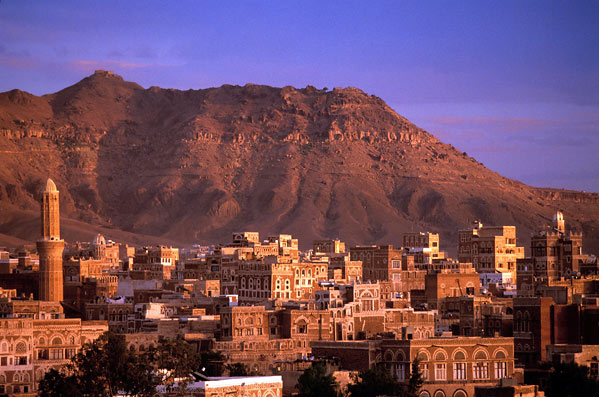Arabian horses from Yemen: remnants of a distant (or perhaps not so distant) past
I visited Yemen for the time in 2002 – for work. I was a panelist in a conference that brought together government officials, academics, representative of the private sector, and traditional leaders. Among the latter, I recall seeing a man surrounded by a large retinue of armed bodyguards and followers. People stepped aside when he passed by, and everyone seemed to treat him with much awe and respect. I was told his name was Naji ibn Abd al-Aziz al-Shayif, and that he was the Supreme Shaykh (tribal leader) of Bakil. Bakil is one of the two largest Yemeni tribes, with several million members (the other tribe being Hashed, to which the President of the Republic of Yemen, H.E. Ali Abdallah al-Saleh, belongs).
Later in the evening, I asked whether there still were Arabian horses in Yemen, and was told that the same Naji al-Shayif owned about 20 to 30 of them, and that he’d recently given one of them to a Western ambassador as a gift. I was also told that the shaykh of the tribe of Juhannam, on the Red Sea coast of Yemen, owned some 40 to 50 Arabian horses too.
That was all the information I could gather on the horses of a country that is believed by many to be the cradle of Arabian horse species [Mind you, there are several alternative – and competing – theories of where that cradle was].
Last week, I stumbled on this 10 minute video of the Arab horses herd of the same Naji al-Shayif I had seen in Yemen six years ago. The video is professionally done and puts the herd in the context of the rich cultural heritage of Yemen. It is in the Arabic language.
The video states that the marbat (Bedouin stud) of al-Shayif was started by his father in 1965, and that the horses are from the Ma’naghi strain. It then goes on to describe the characteristics of each of the horses shown. Still, after watching it several times, I was left with more questions than answers: if these are the original horses of the Shaykhs of the tribe of Bakil, then where were they before 1965? Why wasn’t this marbat tracing to time immemorial, and why the exact date of 1965, which is relatively recent?
I need to learn more. I will get back to you on this soon, after I learn more about the family of al-Shayif. Meanwhile, enjoy the video.

Some years ago I received a (bad)video about Arab horses training at the Police Academy in San’a ,it was so bad that I throw it away.But the fact is that there is Asil horses in Yemen,why they are not Waho registered? I dont know.
We really really need to know more about the horses of Yemen.. I often go there but I never had the chance of meeting someone who knows about horses..
We Waiting Edouard Tell us About Yemen horses
The best horse in the world is from the Arab species
Dear Edouard,
I am writing a series of articles on stud books, tracing their origins and marching them around the world. The first article was titled “The How and Why of Stud Books” and #2 will be The Middle East. I am using the modern definition of the countries included in 2014 but excluding the countries with “stan” in their names and northern Africa. This is for another time. While I am able to find information from an archeological point of view it is difficult to find any history of the Arabian horse in Yemen. I am going to try to find a person that may know and of course will let you know if this happens. If you have found anything recently please let me know.
Hope this finds you well?! Best regards, Christie
Christie, I am going there this coming week and will ask around for you. It is the most difficult country to find information on, and you are right to ask those who live there.
Is there still any nomad tribes in Yemen?
very few hundred individuals are still nomads near the border with Saudi.